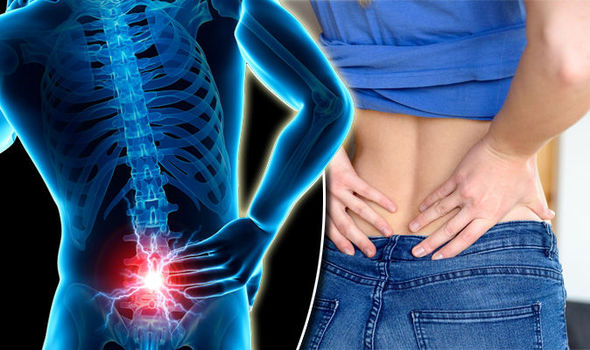Building a Stronger Core to Prevent Low Back Pain
Up to 80% of individuals will experience some lower back pain at least once in their lifetime. Lower back pain (LBP) results in high costs and places a burden on society. These costs include diagnostic, treatment, and indirect costs associated with work disability. A number of conditions can lead to low back pain such as infections, tumours, fractures or dislocations of the spine. However, lifting heavy loads is generally thought to be a key predictor of LBP. An important element in prevention of LBP is to correctly stabilize the trunk during lifting by pre-activating the abdominal wall muscles. By doing so, the spine will increase in stiffness to reduce the effect of undesired spinal perturbations. Exercises aimed at bracing the abdominal muscles may reduce the risk of LBP.
There are two ways of stabilizing the abdominal muscles: an abdominal hollow or abdominal brace. An abdominal hollow begins by drawing in the lower abdomen (transversus abdominus) while maintaining relaxation of the other surrounding abdominal muscles such as the obliques. At the same time, small muscles of the lower back (close to the spine) such as the multifidus are contracted while the larger back muscles are relaxed. With contraction of the lower abdomen and small back muscles, intra-abdominal pressure is increased and the fascia surrounding the spine increases in tension. Combined, these contribute to provide intersegmental stability.
An abdominal brace is performed by activating all of the abdominal and lower back muscles, rather than specific muscle recruitment. By tensing the entire trunk without drawing the muscles in or pushing them out, global activation of the ab and back muscles may provide increased stability in all directions in various movement patterns.
Both the abdominal hollow and brace can help increase the stiffness of the spine to minimize lower back pain. The use of either one will depend on the desired movement pattern and the goals of the individuals in stabilizing their core. Strengthening the core muscles is also essential in reducing the amount of loading on the lower back muscles. Watch these videos below:



